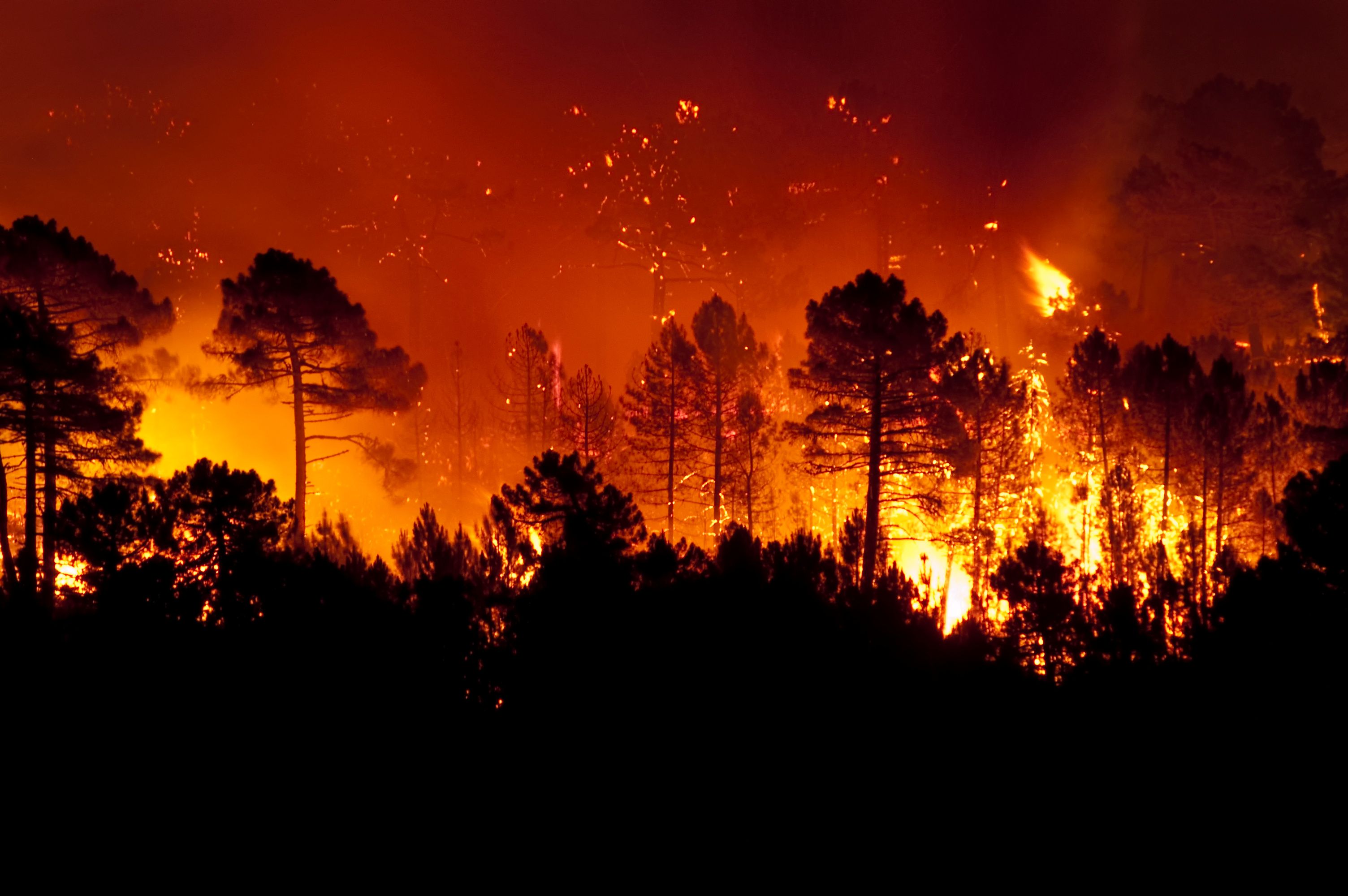News
Article
Wildfire Smoke Causes Worse Overall Survival for Patients with NSCLC
Author(s):
Patients with non-small cell lung cancer who recently received surgery are more susceptible to wildfire smoke exposure, worsening their overall survival rate.
Exposure to wildfire smoke — which has become an increasing problem in the United States — may negatively impact survival in patients with lung cancer, research showed.

Patients who recently received surgery for non-small cell lung cancer (NSCLC) are the most susceptible to wildfire smoke exposure which, according to recent research, can lead to worse overall survival.
In particular, the increase and widespread of fires in the United States have affected many patients with NSCLC. The respective study, results of which were published in the journal JAMA Oncology, included a total of 466,912 patients: 48,582 patients were exposed to wildfire between zero and three months, 48,328 patients were exposed between four and six months and 71,735 patients were exposed between seven and 12 months after surgery.
The study’s main focus was the overall survival, or the period from diagnosis or treatment where patients are still alive. The study authors found that patients with NSCLC who were exposed to a wildfire anywhere from zero to 12 months after lung cancer surgery experienced worse overall survival compared to patients who were not exposed to a wildfire.
However, the study authors noted that the rate of worse overall survival was highest for patients who were exposed to a wildfire seven to 12 months following surgery for stage 1 NSCLC, compared to patients who were exposed to a wildfire between zero to six months with stage 1 to 3 NSCLC.
A previous study published in CA: A Cancer Journal for Clinicians emphasized that in the United States alone, lung cancer is the second most diagnosed cancer, which includes a type of lung cancer called non-small cell lung cancer (NSCLC). Among NSCLC, there three types: adenocarcinoma (most common), squamous cell carcinoma and large cell carcinoma.
The JAMA Oncology study authors identified multiple factors that affect the lives of patients regarding the association between wildfires and NSCLC. Of note, they established that the region where patients live can influence their exposure.
“There are several different regional characteristics that can influence both exposure to wildfires and one’s ability to cope with its hazards,” said Dr. Leticia Nogueira, study author and scientific director of health services research at the American Cancer Society, during an interview with CURE®. “While wildfires are larger and more intense in western states, people are more frequently exposed to smaller fires in the southeast, for example.”
She also delved into how region can affect a patient’s overall safety when encountering wildfire exposure.
“Regional differences in employment and access to health insurance coverage can also impact one’s ability to secure the resources necessary to either evacuate or safely shelter in place, and to reach a healthcare provider when needed,” said Nogueira.
The discussion section of the study also emphasized how patients recovering from lung cancer surgery are at risk of mental, social and physical health threats of wildfires. The authors found that health consequences could include property loss, mental health, financial hardship, occurrence of a secondary cancer and the cure rate of NSCLC.
“Proximity to a wildfire poses several hazards that go beyond exposure to wildfire smoke and include threat to property and life, which are stressful,” Nogueira added. “There are also financial costs associated with disaster preparedness, including evacuating or safely sheltering in place, which might require improving insulation or installing special air filters.”
Ultimately, the study authors urged for more action regarding disaster preparedness and responses to wildfires to help reduce risk for medically high-risk individuals, such as those recovering from lung cancer surgery.
“The first step is recognizing that individuals diagnosed with cancer are at increased risk during disasters. Our research has previously identified some proposed steps, such as helping patients pre-register for special needs shelters or consolidating medical appointments to decrease time spent outdoors during wildfires,” said Nogueira.
“However, there is a huge knowledge gap when it comes to strategies for protecting the health and safety of cancer patients during disasters. Therefore, research efforts are urgently needed in order to inform providers and disasters response teams, especially with the rapidly evolving hazard portfolios of climate-driven disasters.”
For more news on cancer updates, research and education, don’t forget to subscribe to CURE®’s newsletters here.




